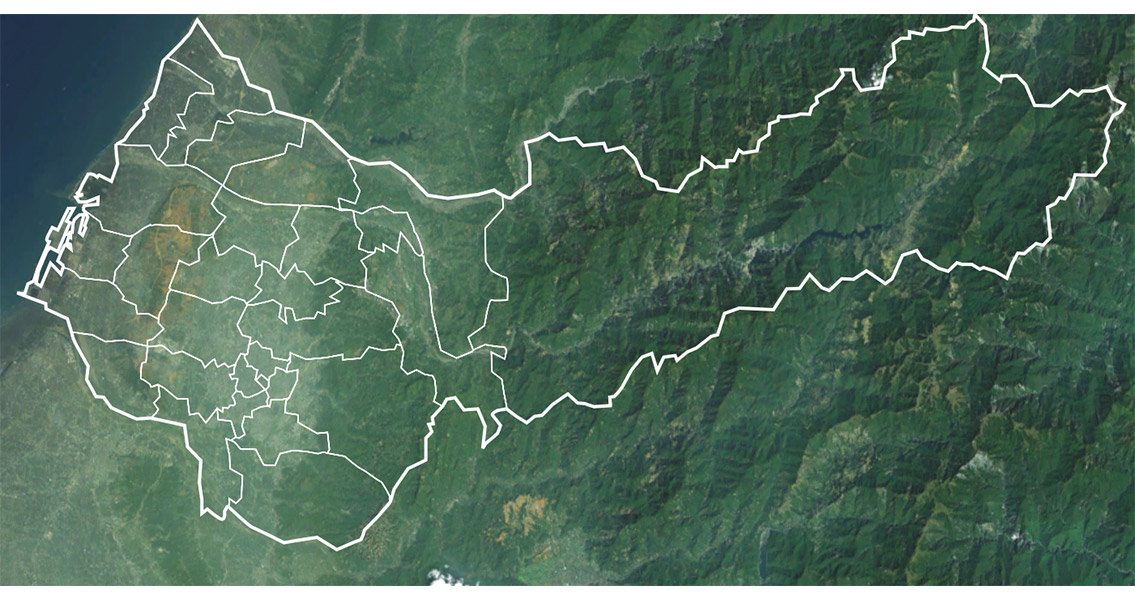<![CDATA[A team of archaeological researchers in Taiwan have uncovered a massive array of ancient remains dating to at least 4,800 years old – including a mother cradling an infant child, possibly her own, in her arms. Found in central Taiwan in the Taichung region, these remains, which were discovered in excavated graves, are the oldest ever discovered within the area. The most startling discovery by far was the skeleton of the woman, as she seemed to be gazing down lovingly at the child wrapped in her arms, according to the country’s National Museum of Natural Science’s anthropology curator, Chu Whei-lee. The scientist, in a recent interview with Reuters, said the entire team was “shocked” by the tableau. Excavations at the Taiwanese dig site began in May of 2014, running for approximately a year. For the last several months the 48 sets of remains, five of which were found to have been young children, were subjected to rigorous study. This included carbon dating, which enabled the team to narrow down the age of the fossilized remains to just a few centuries shy of 5,000 years old. The circumstances behind the mass grave, as well as the causes of death for the nearly 50 individuals interred therein, is still a mystery. Chu Whei-lee and his research team’s findings have yet to be made public, but one thing is clear: the 48 fossilized remains, including the possible mother and child, represent some of the earliest evidence of human habitation on the island. There is conjecture that the individuals may have belonged to the Dapenkeng, an early Neolithic culture that first originated in the northern reaches of Taiwan between 4000 and 3000 BCE. The Dapenkeng are thought to have been the ancestors of the indigenous Taiwanese that live on the island today and number about 530,000 – or around 2.3 percent of the island’s total population. This would mean that the Dapenkeng were Austronesian in origin, which would place them in genetic kinship with those inhabiting Oceania, Madagascar, Indonesia, Malaysia and the Philippines. While Taiwan is also thought to have been settled by Paleolithic hominins including modern humans thanks to a land bridge where the Strait of Taiwan exists today – a result of lowered sea levels due to global glaciation – researchers say that the Dapenkeng were likely not the evolutionary descendants of these Paleolithic settlers. Instead, these Austronesian peoples were likely to have arrived separately, though the lack of any substantial archaeological record of the Dapenkeng has proven to be problematic in tracing the migration. Hopes are high that further investigation and study into the 48 fossilized remains may yield enough data to shed some light on the origins of these individuals, whether they were members of the Dapenkeng or if they were from some hitherto unknown group of indigenous peoples. Likewise, only genetic testing would be able to reveal if the woman cradling the infant child was doing so as a mother, despite the quite strong circumstantial evidence that suggests this is the truth. ]]>
4800-Year-Old Remains of Mother and Child Found in Taiwan
